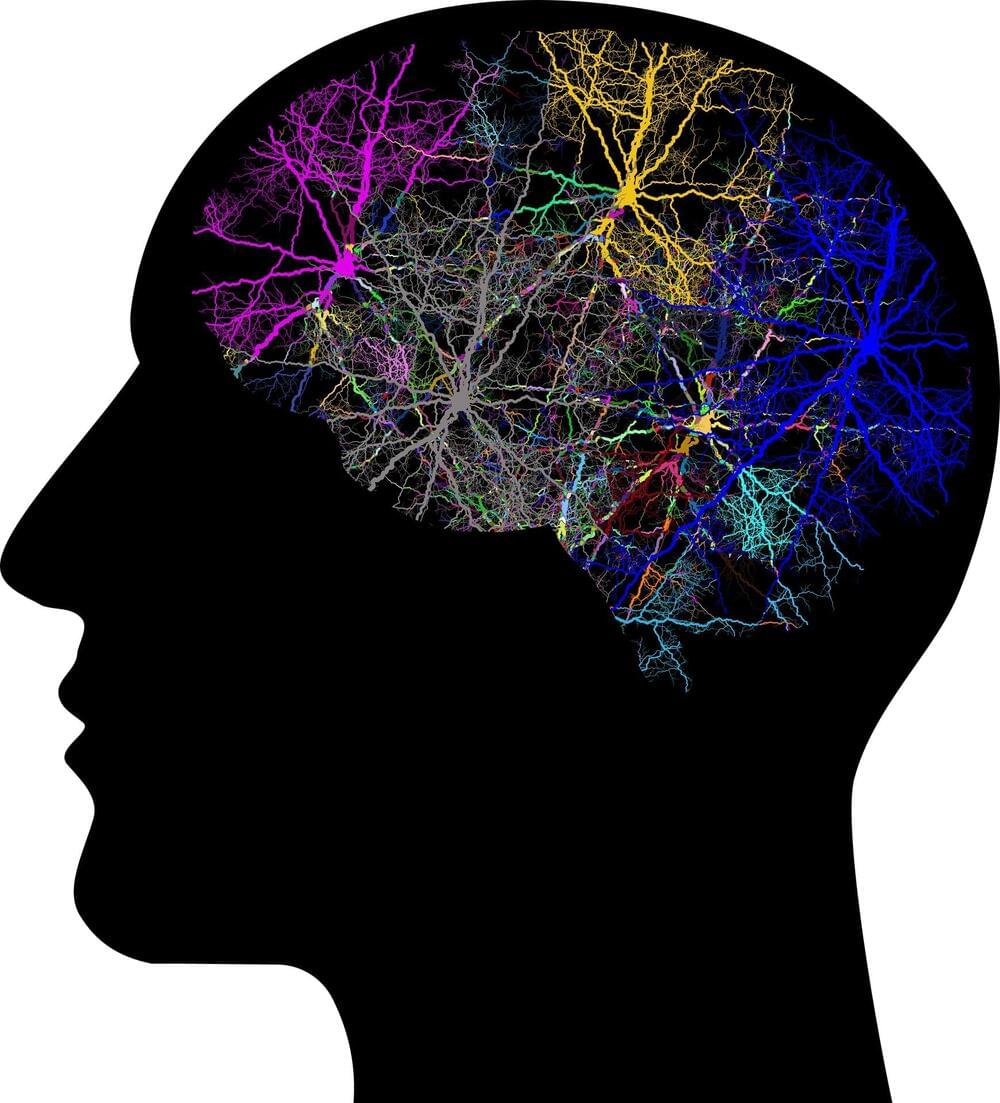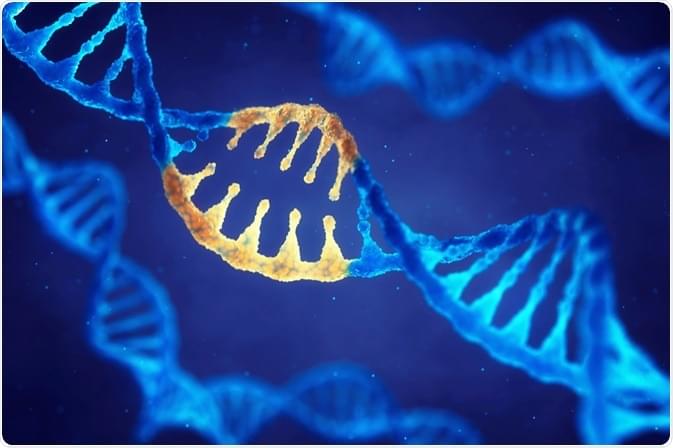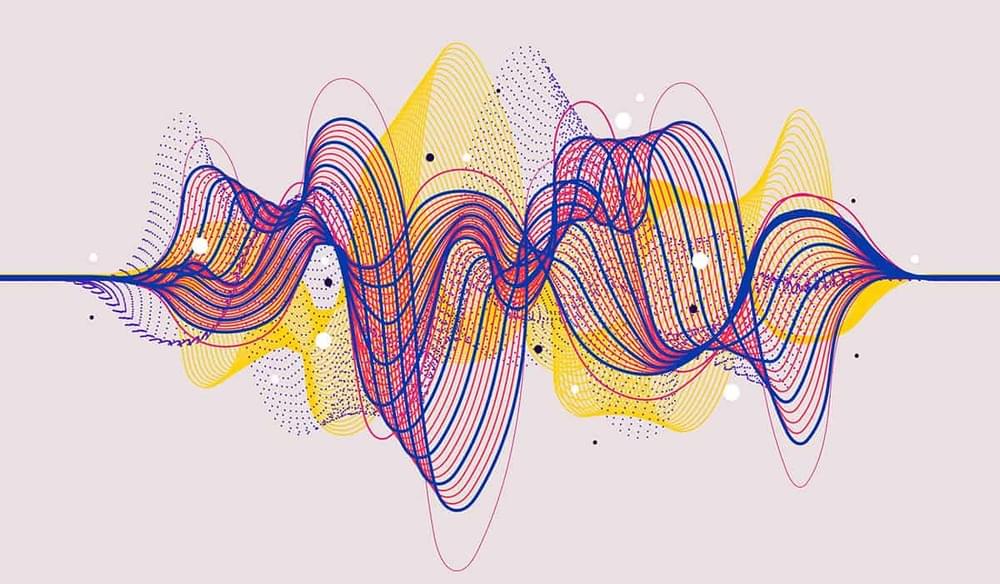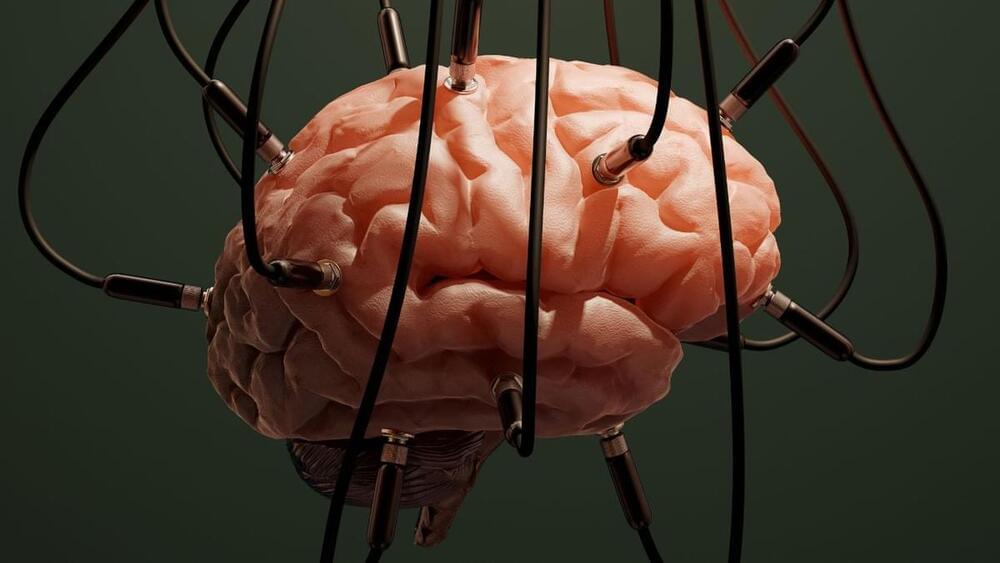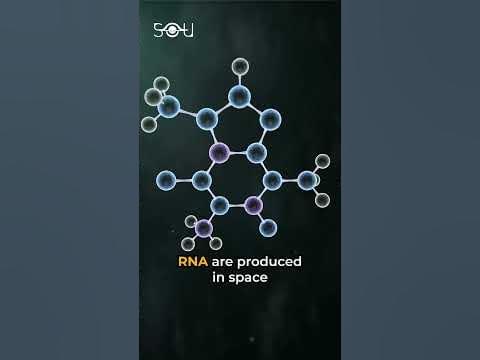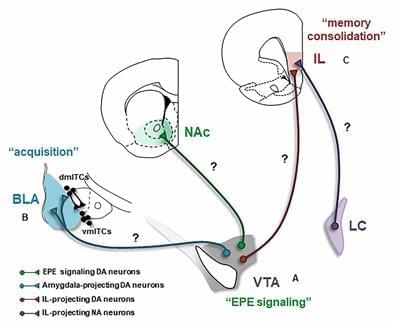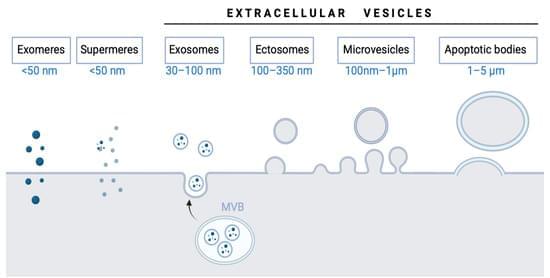Feb 28, 2023
We Just Got The Most Precise Measurement of a Property of a Particle, Ever
Posted by Paul Battista in category: particle physics
The Standard Model of particle physics is our current best-guess on what the blue-prints for matter looks like. Of all of its predictions, none are as precise as the magnetic moment of the electron.
Not only is it precisely predicted, it’s among the most accurately measured of any particle’s properties. And while these two values are close, they don’t overlap entirely, providing tantalizing hints of new physics.
Getting closer to the exact value of the electron magnetic moment – simply put, how strongly an electron behaves like a tiny magnet – might one day unlock a greater understanding of the building blocks of physics and how they interact.



